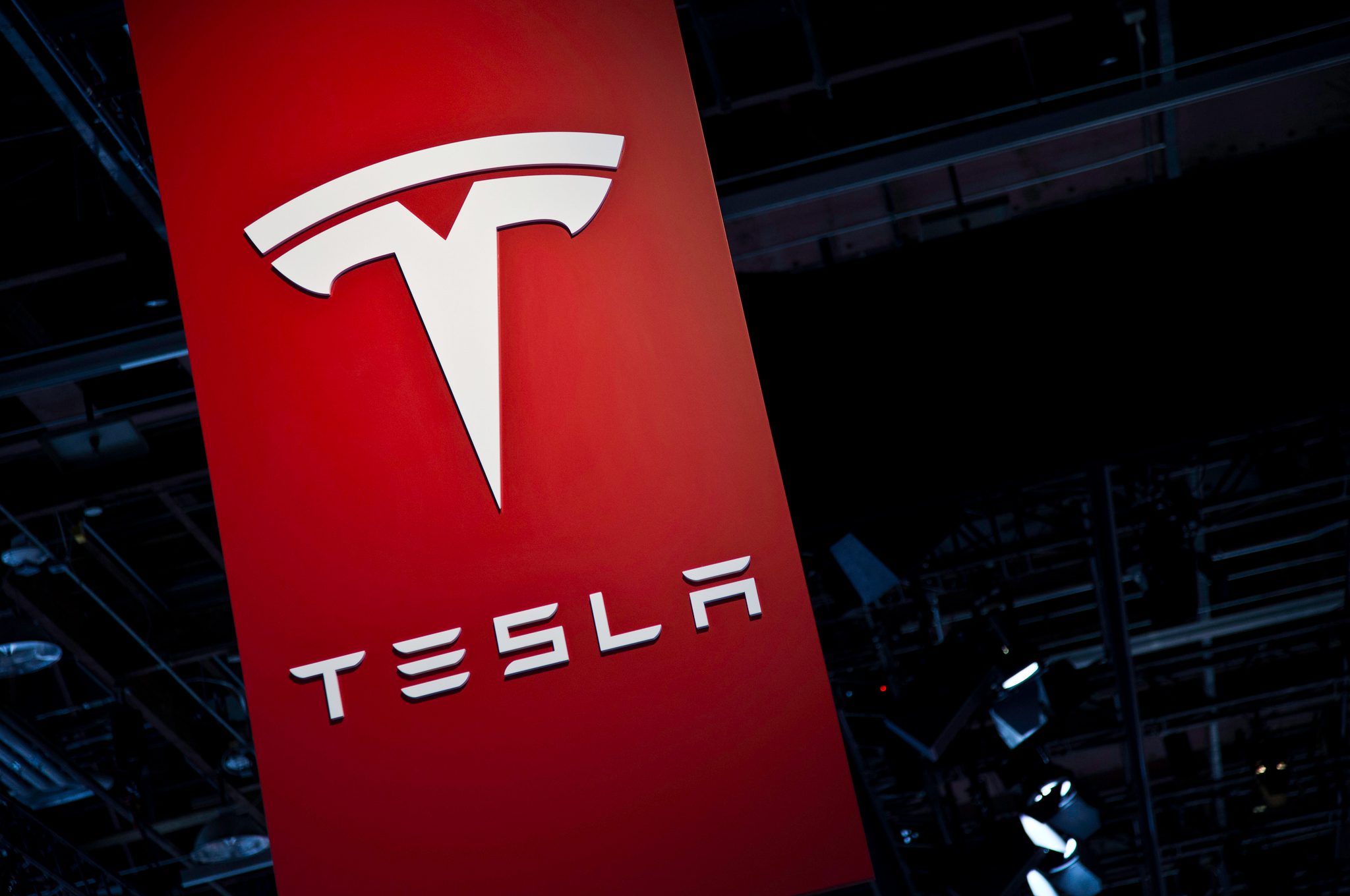On Monday, Tesla released their financial results more than three weeks after reporting fantastic quarterly production numbers. For the first time in the EV maker’s history, quarterly GAAP net income exceeded $1 billion US.
With production ramping up and Tesla somehow avoiding the deepest throes of part shortages, total revenue grew by 98% year over year in Q2. They reported a healthy operating margin of 11.0% with operating income of $1.3 billion.
In a growth trajectory
While Tesla’s CEO Elon Musk has established an outspoken reputation that can sometimes appear reckless to investors, there’s no question that the electric car maker continues to lead the electrification charge in the auto industry. The organization currently has production capacity of 600,000 units in its California plants, and in excess of 450,000 units can be produced out of Shanghai.
In the Investor Relations press release, the carmaker detailed progress at the Gigafactory Texas location that will house production of the Model Y, the upcoming Cybertruck, and likely other models.
The Berlin-Brandenburg facility is nearly ready to begin production. The press release states, “While our global production lines continue to run as fast as possible, European demand remains well above supply, resulting in growing wait times for delivery. We continue installing equipment, have begun testing tools and are working as quickly as possible toward starting production in Berlin, while growing import volumes in the interim.”
Both the Austin, Texas and Berlin, Germany Gigafactories are expected to start production later this year.
The Tesla Semi, Roadster, and other products are also being developed with no update on when production will start.
Leading the charge on EV production
Tesla is well ahead of the pack with more all-electric units on the road than any other carmaker. On July 2, they reported total deliveries of 201,304 units for Q2 alone. Comparatively, Total deliveries in Q2 2020 were 90,891 units, and Q1 2021 was the previous best at 184,877 units.
Actual production barely exceeded deliveries at 206,421 units in Q2, and Tesla ended the quarter with just 9 days of supply on hand globally—a testament to the high demand for their vehicles.
Other notable factors for Tesla in the investor relations report center around their supports. They now have 598 Store and service locations and have expanded the mobile service fleet—since they don’t have physical dealership storefronts—to 1,091.
Supercharger stations worldwide have now jumped to 2,966, an increase of 46% over the past year and adding 267 stations in the past quarter alone. In addition to the stations, Supercharger connectors strategically placed in popular areas around the globe also increased by 49% in the past year to 26,900 connectors.
Recently, Musk has announced that the Supercharger network would soon be opened to drivers of all EVs, not just exclusively for Tesla owners. With dynamic pricing structures that charge more during busy usage, Tesla owners have been grumbling. Musk gently admonished them by stating, “Our goal is to support the advent of sustainable energy. It’s not to create a walled garden and bludgeon our competitors.”
Did you enjoy this article from Jason Unrau? Please share your thoughts, comments, or questions regarding this topic by submitting a letter to the editor here, or connect with us at newsroom@cbtnews.com.
Be sure to follow us on Facebook and Twitter to stay up to date or catch-up on all of our podcasts on demand.
While you’re here, don’t forget to subscribe to our email newsletter for all the latest auto industry news from CBT News.









